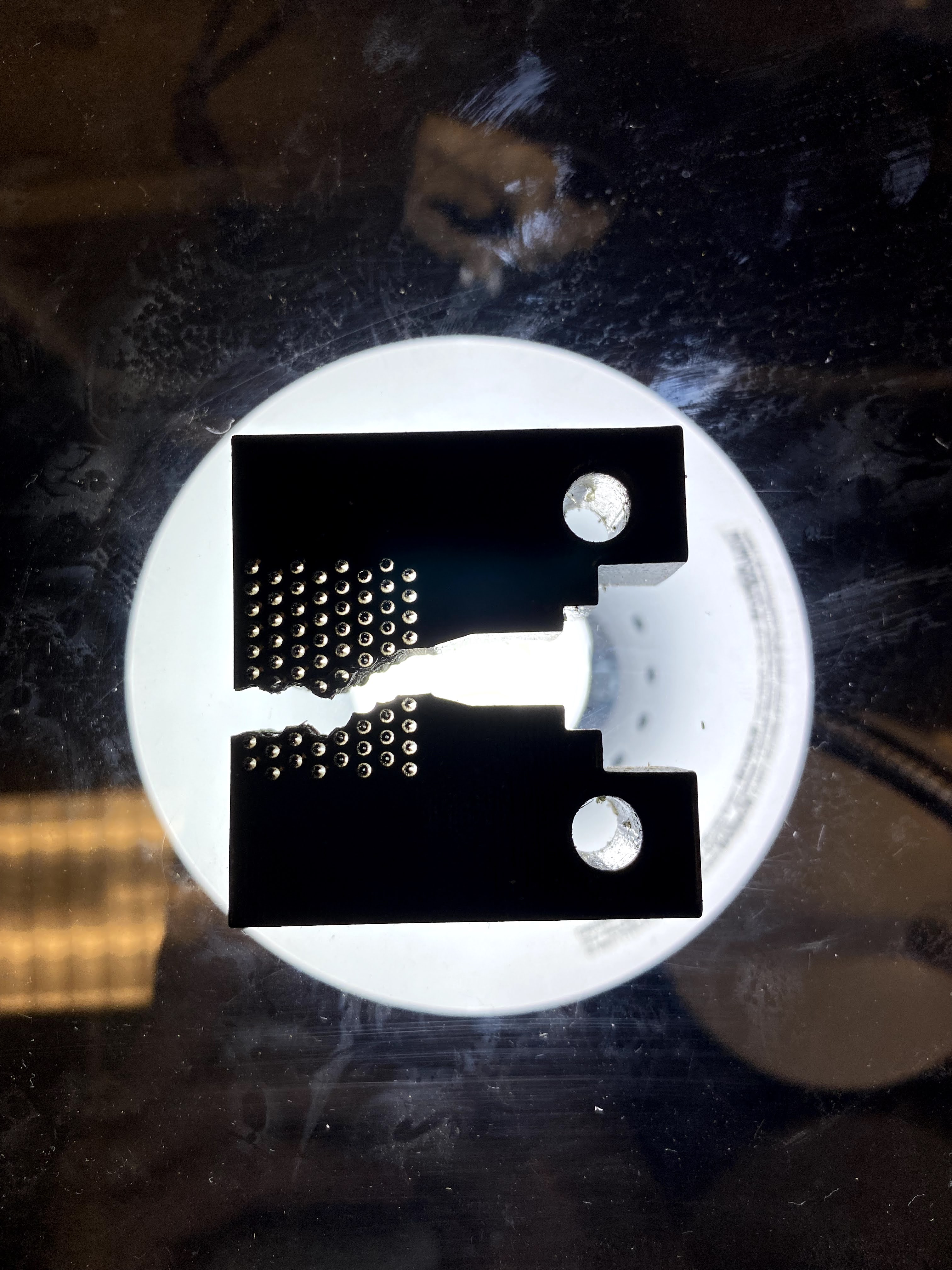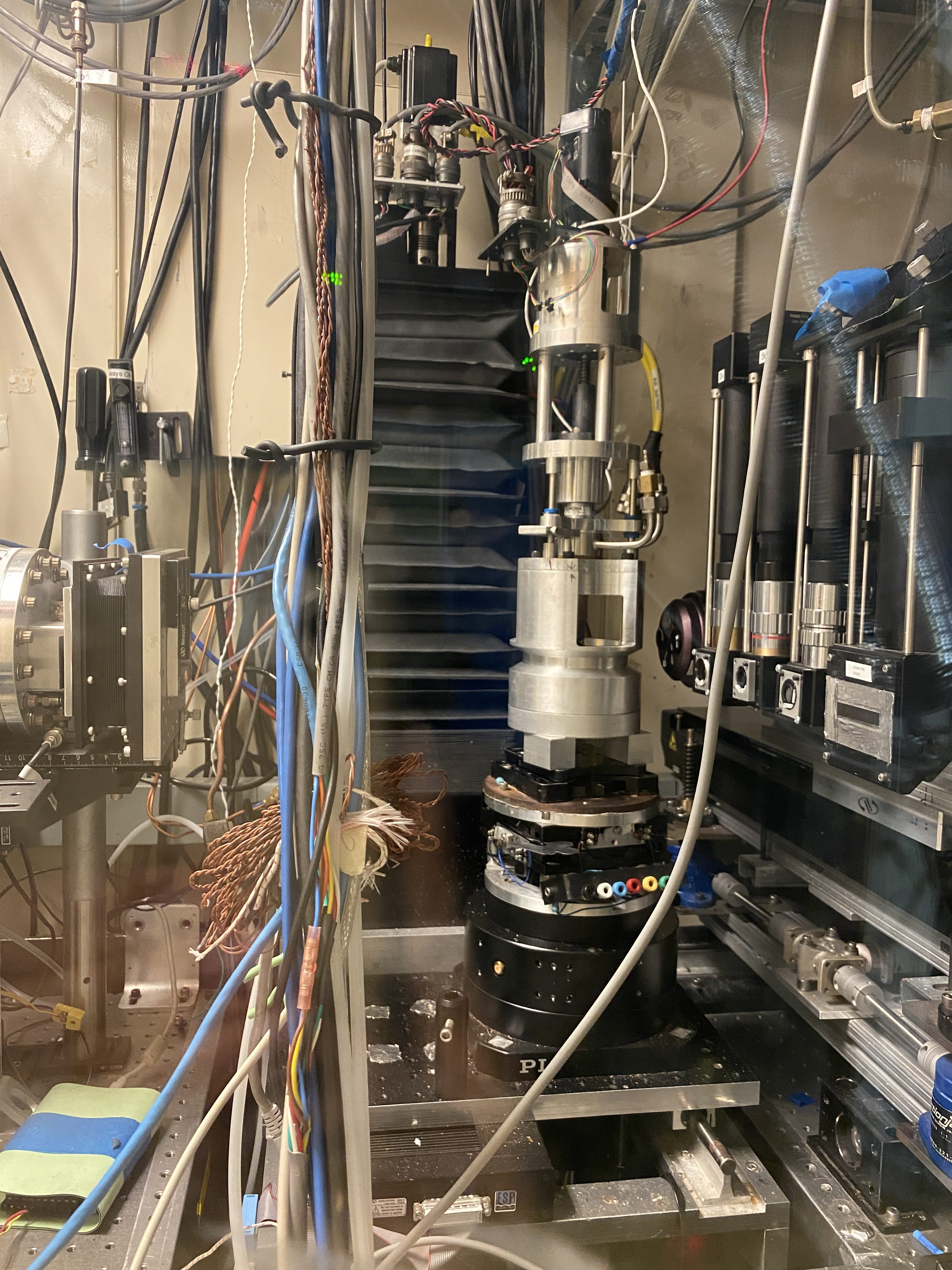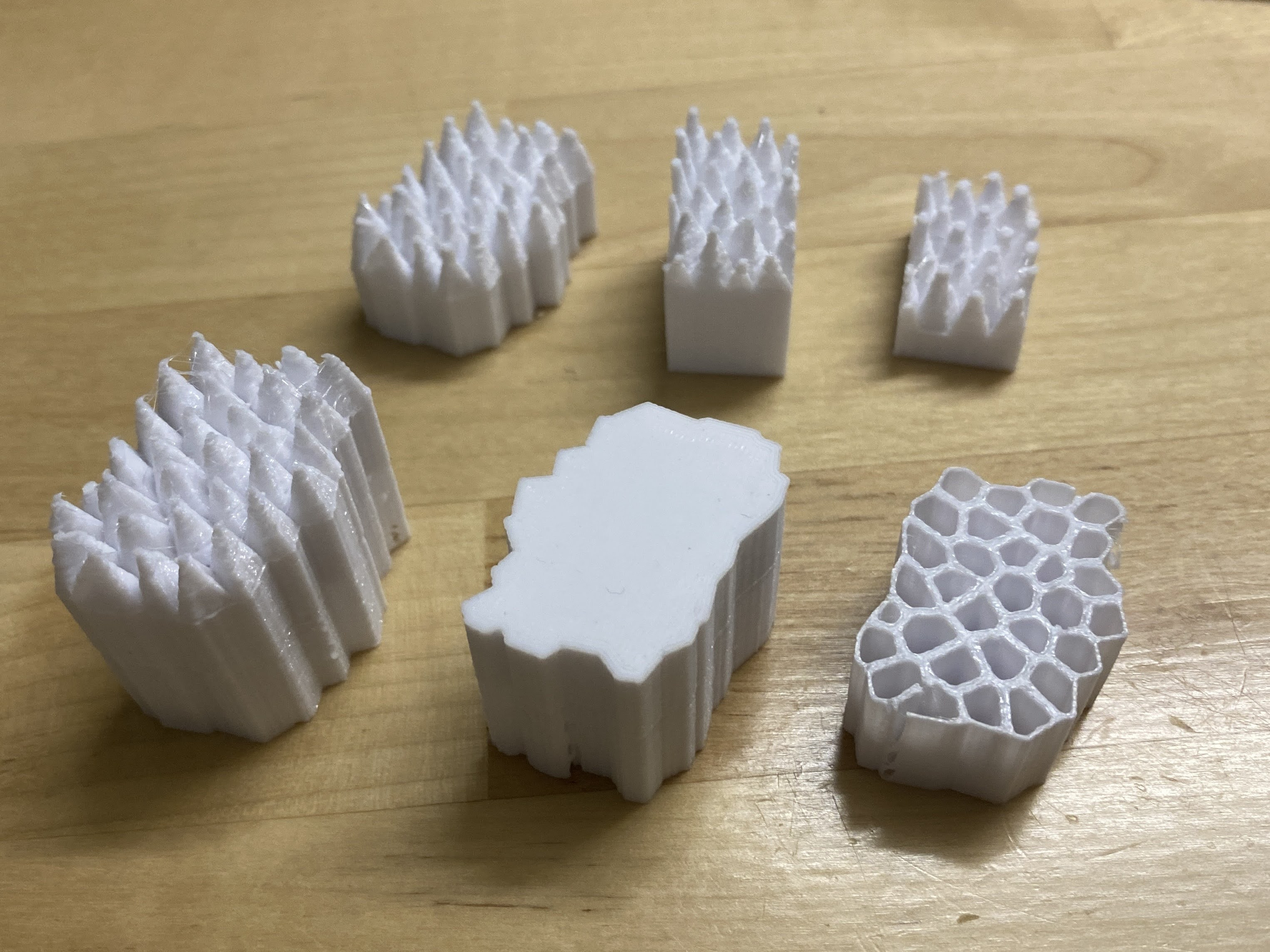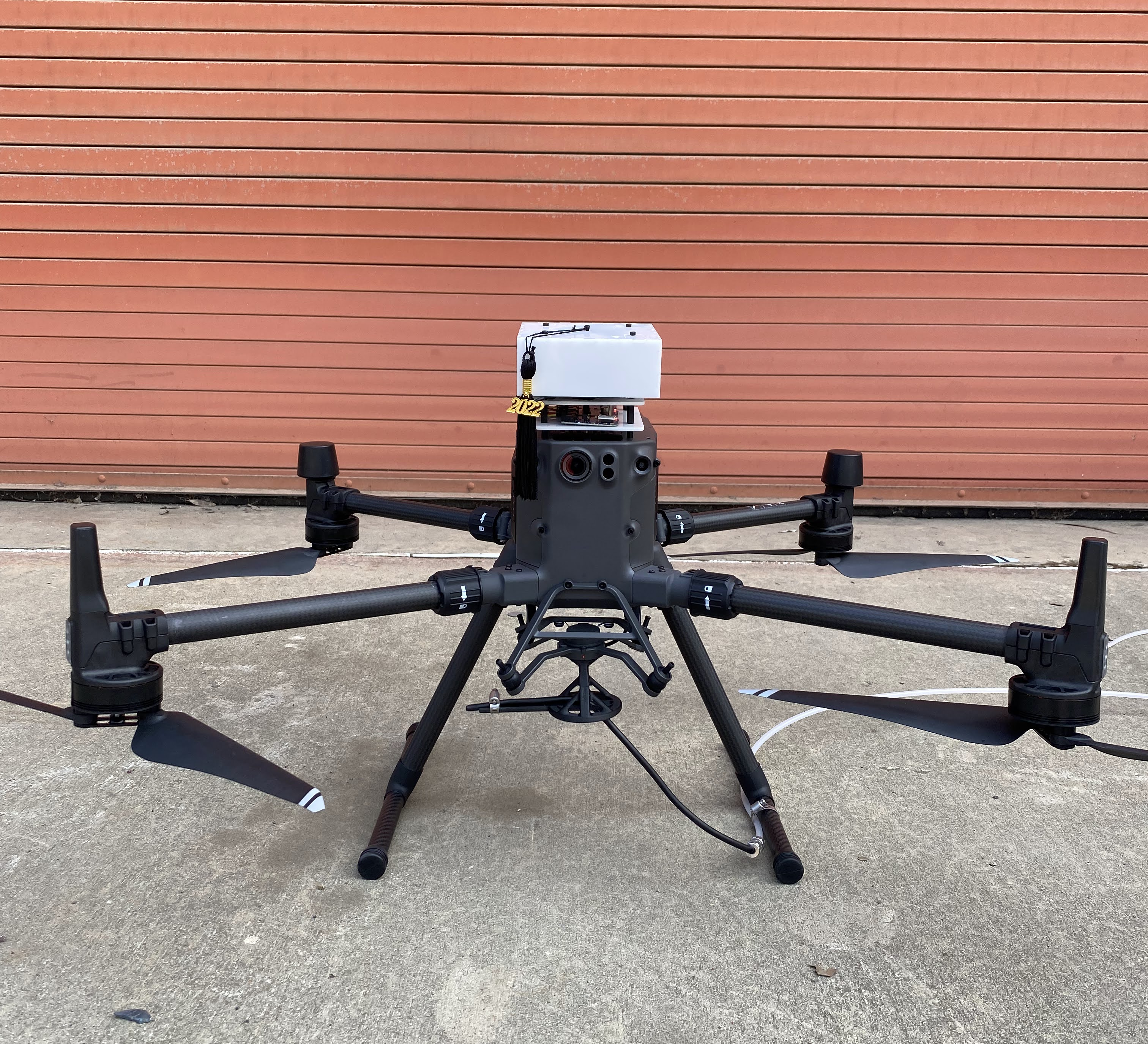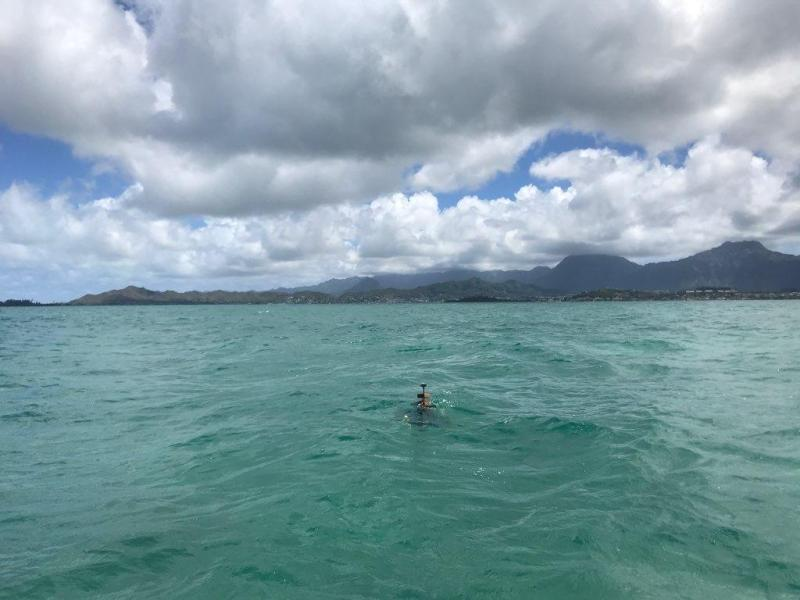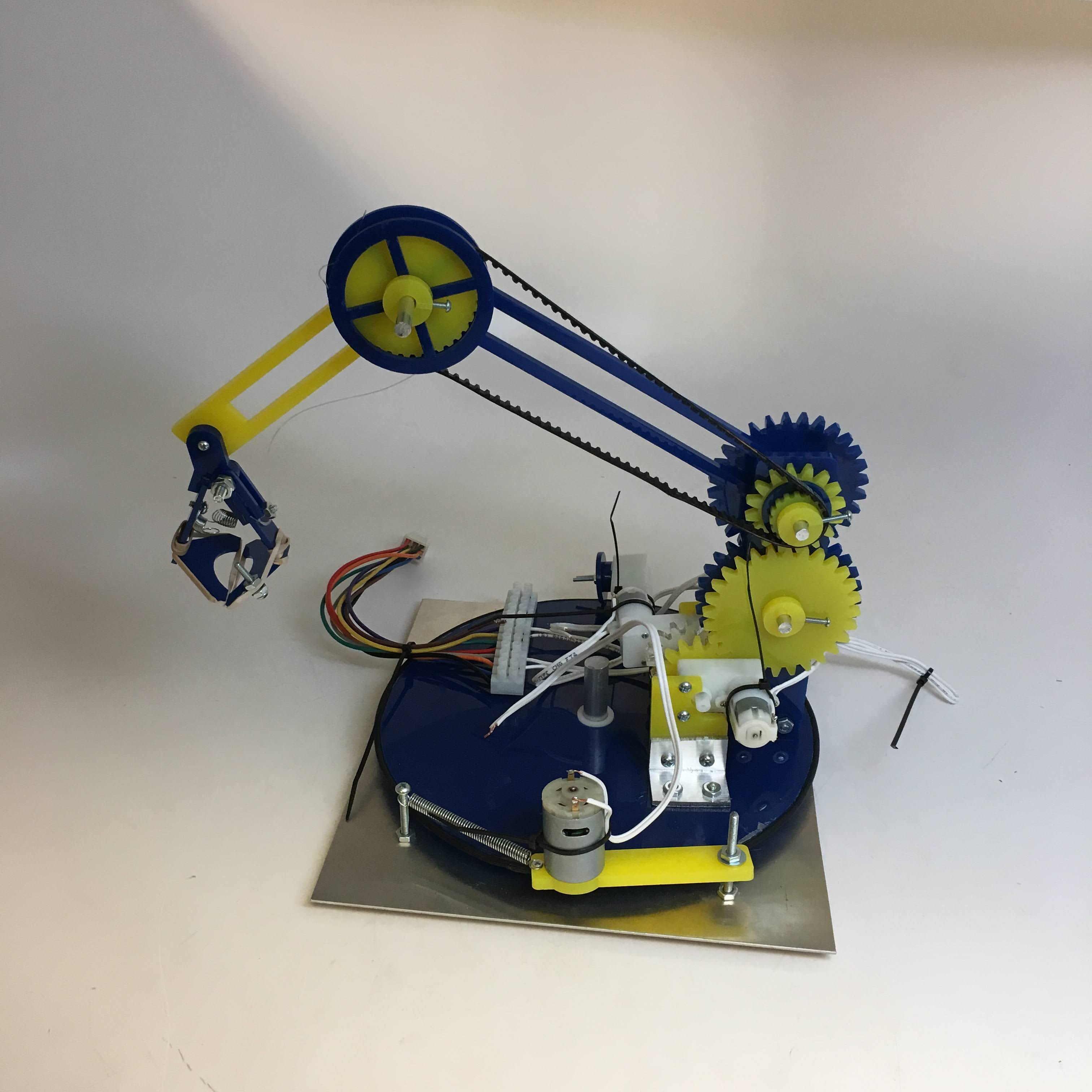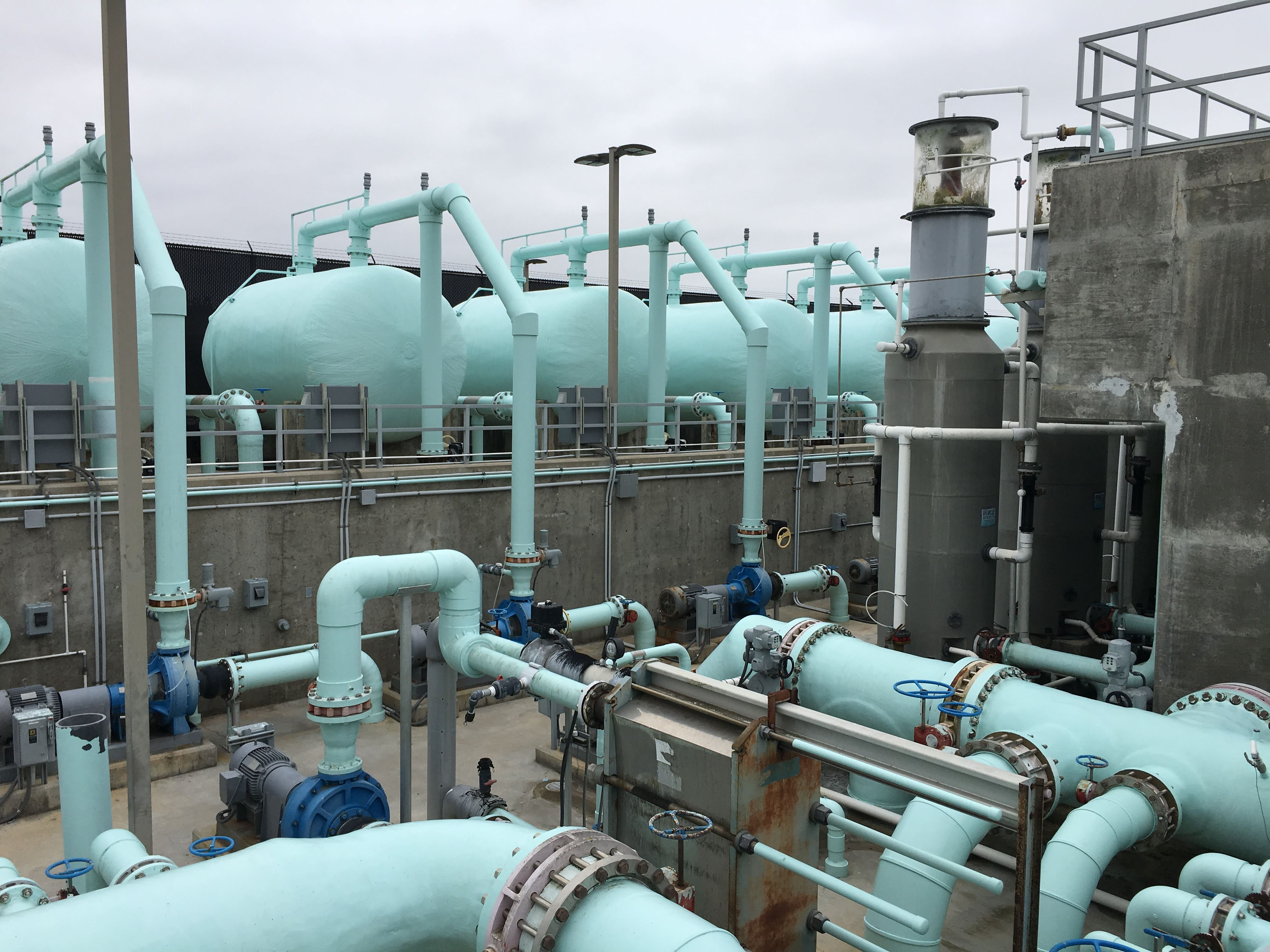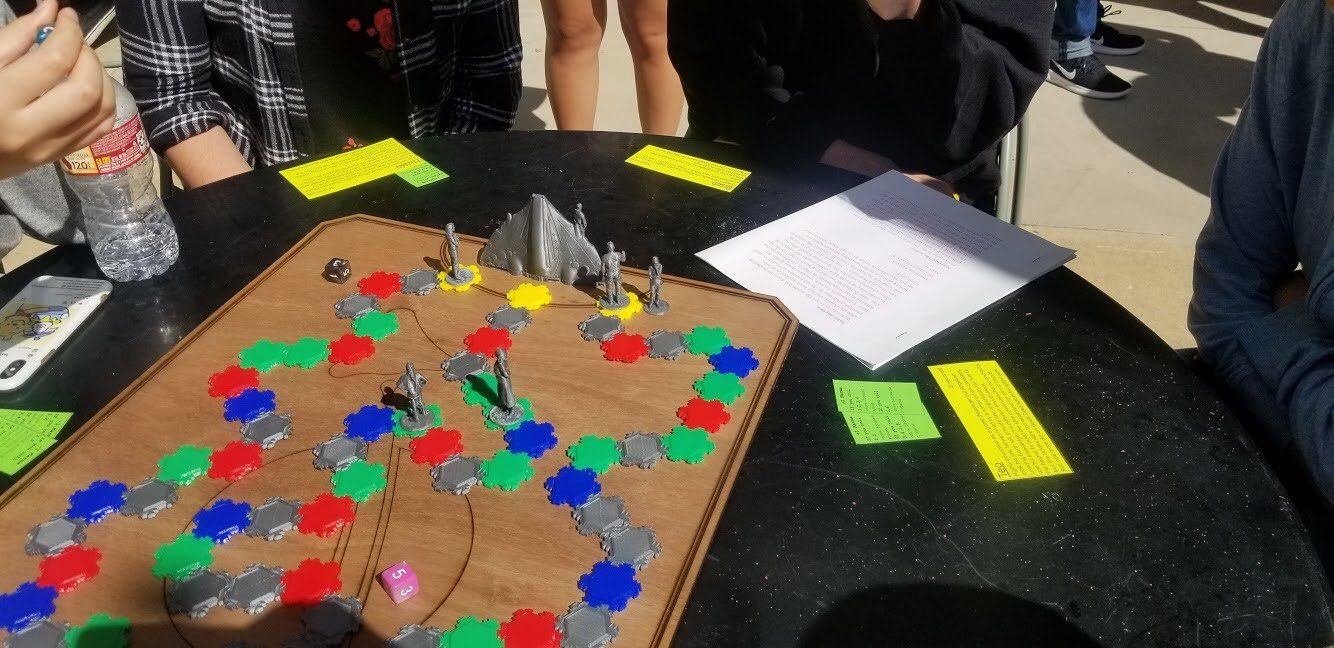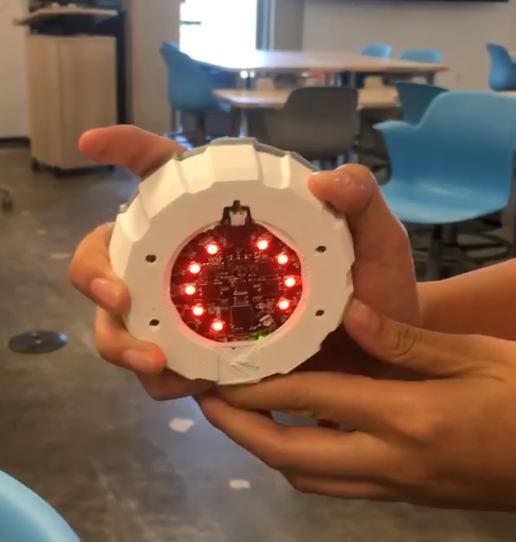GenAI
Generative AI is one of the most fascinating tools out there and I'm thrilled to be exploring how to best use it!
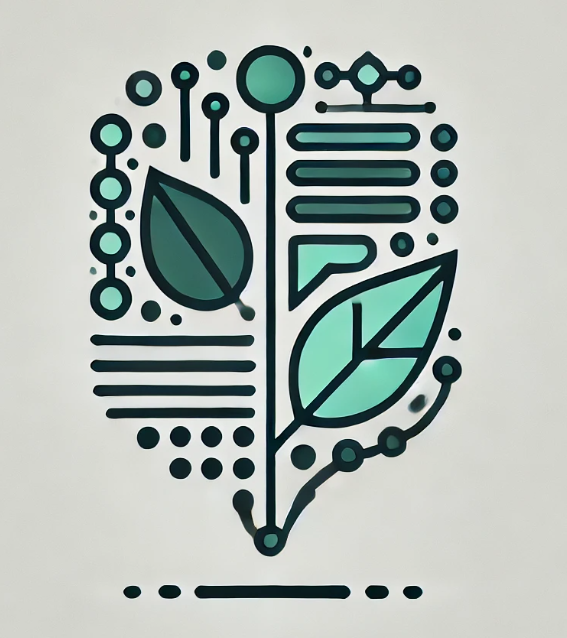
A domain-specialized large language model fine-tuned on text/data mined bioinspired materials literature. Built with a LoRA strategy and a synthetic Q&A dataset, it excels at knowledge retrieval, hypothesis generation, and exploring agentic approaches to new material design.
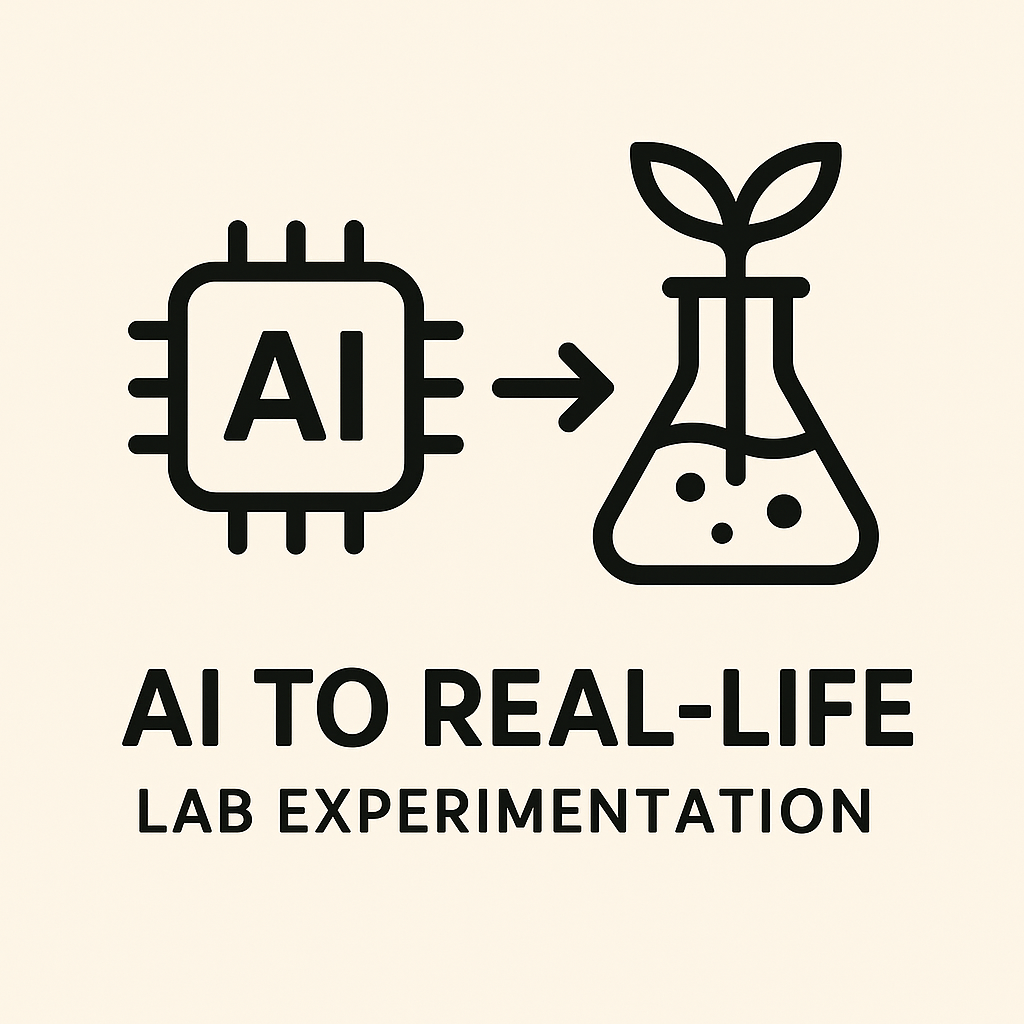
A project bridging LLM-generated ideas to real-world experiments. Using Hierarchical Sampling, an LLM-driven framework generates and evaluates hundreds of hypotheses to guide experimental validation. This approach enabled the fabrication of a plant-based adhesive with tunable morphology and measurable shear strength, demonstrating AI’s role as a scientific co-pilot for materials design.
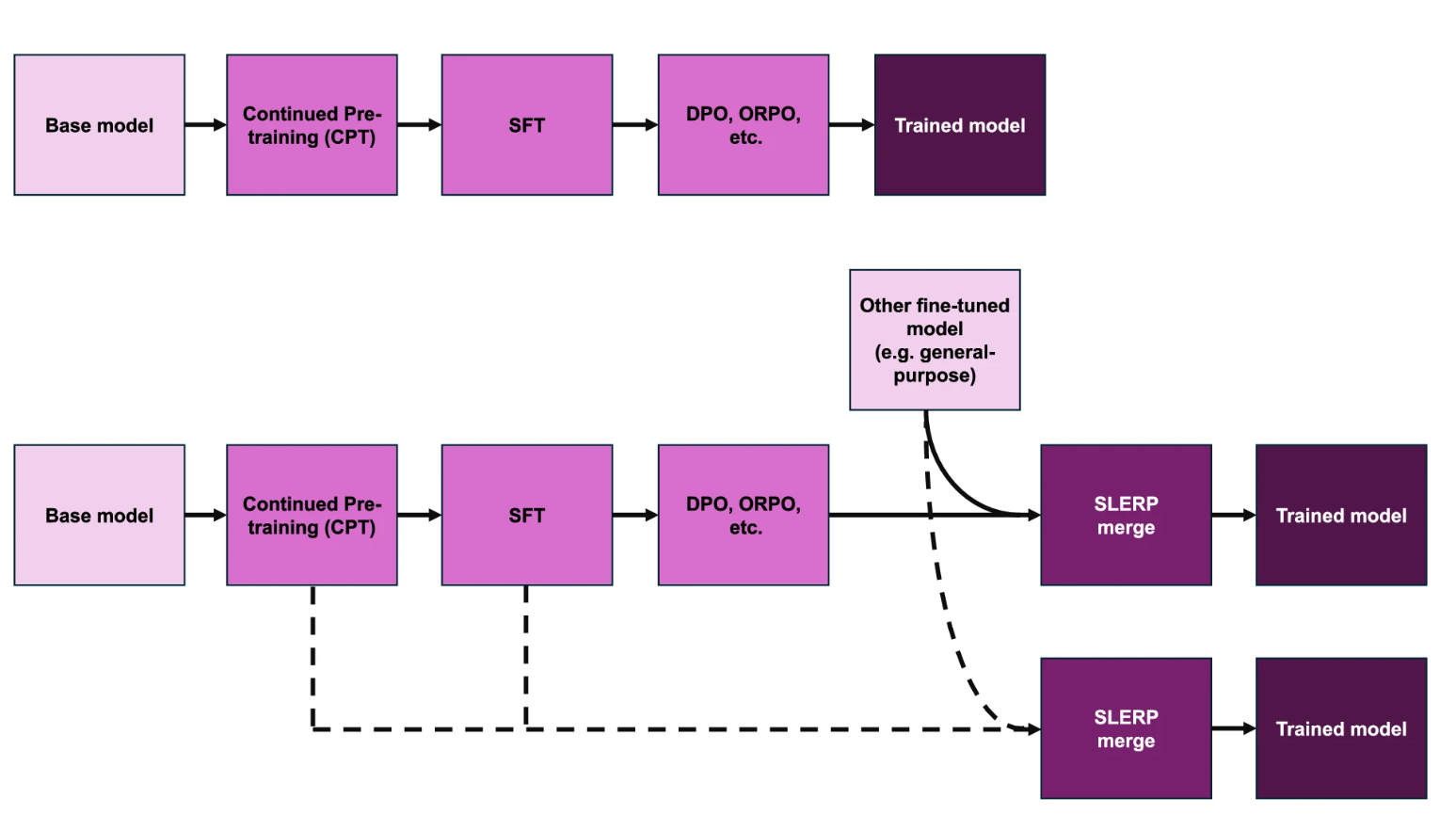
A systematic investigation of strategies to adapt large language models (LLMs) for domain-specific applications in materials science and engineering. Through experiments with continued pretraining, supervised fine-tuning, and preference optimization methods such as DPO and ORPO, as well as model merging, the study revealed how different training strategies influence model performance.
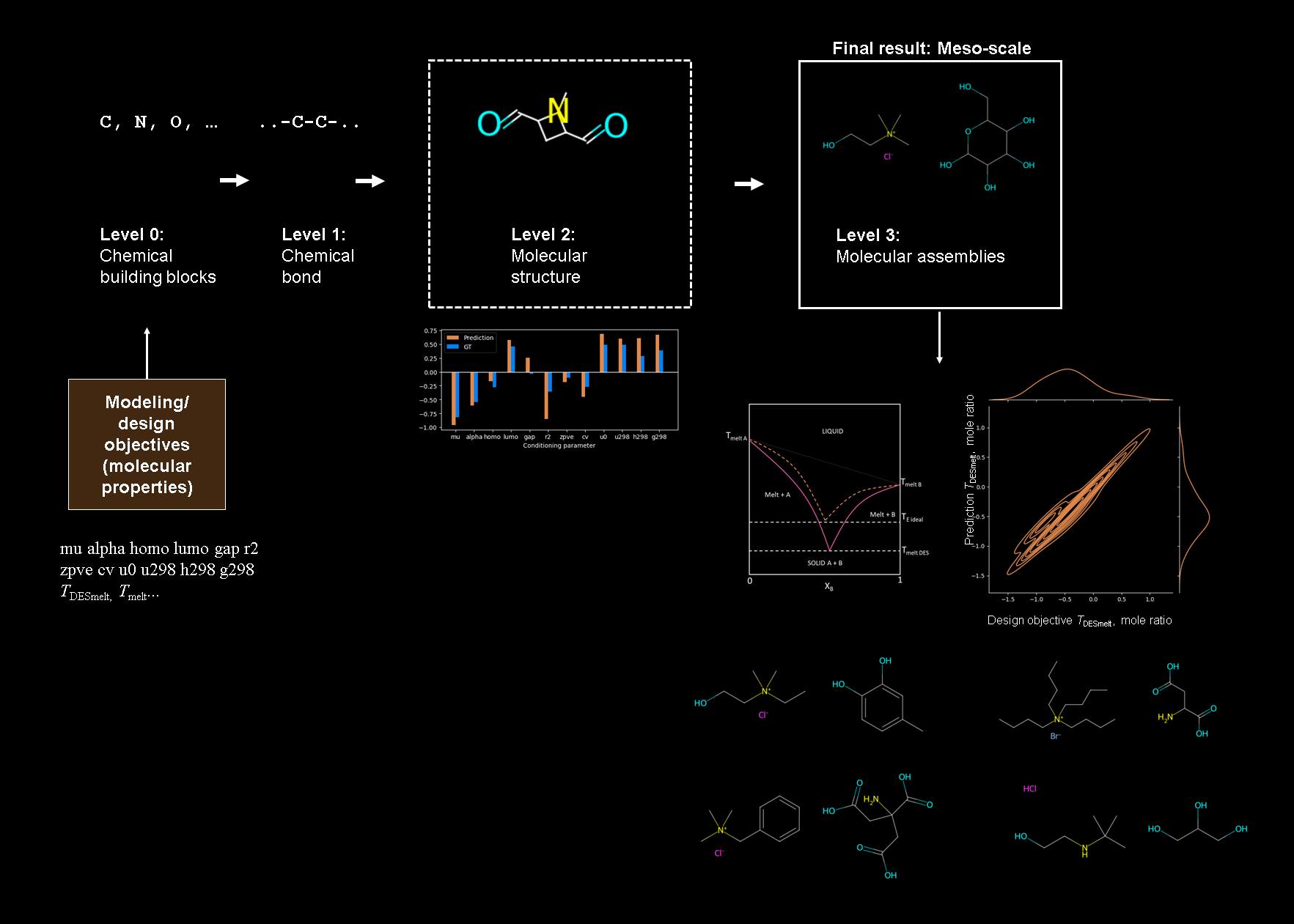
Deep learning models for forward and inverse molecular design(SMILES), applying diffusion modeling and transformer architectures to capture complex chemical structures. Trained on the QM9 dataset and extended to deep eutectic solvents (DESs), the models were capable of predicting quantum mechanical properties and designing solvent systems with targeted behaviors.
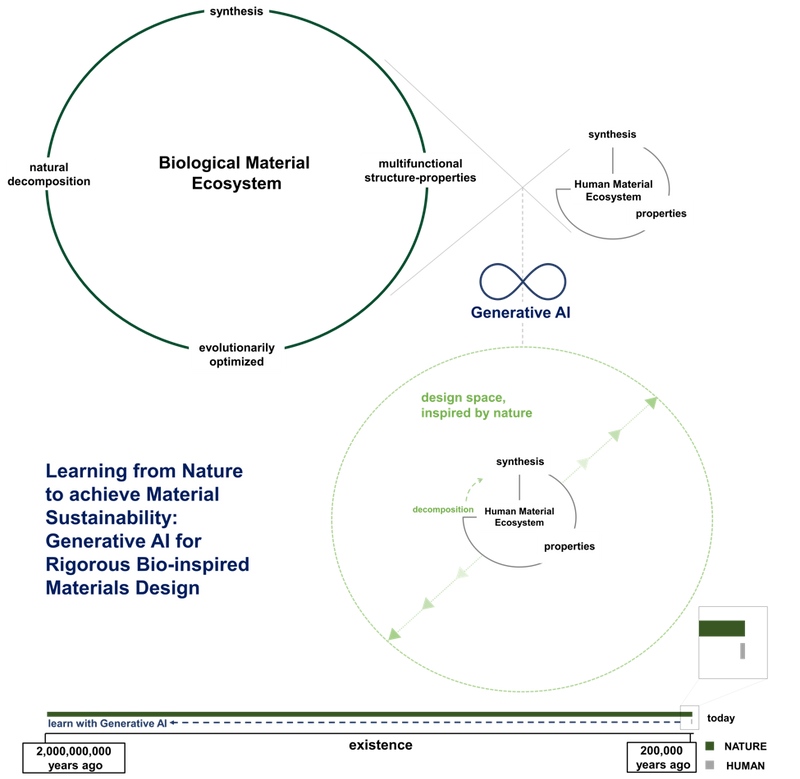
I am honored to have authored several perspective and review papers exploring how generative AI and materials informatics can accelerate scientific discovery—particularly at the intersection of biological materials mechanics. These works discuss how artificial intelligence can help us learn from Nature’s time-tested designs and reimagine sustainable material systems.
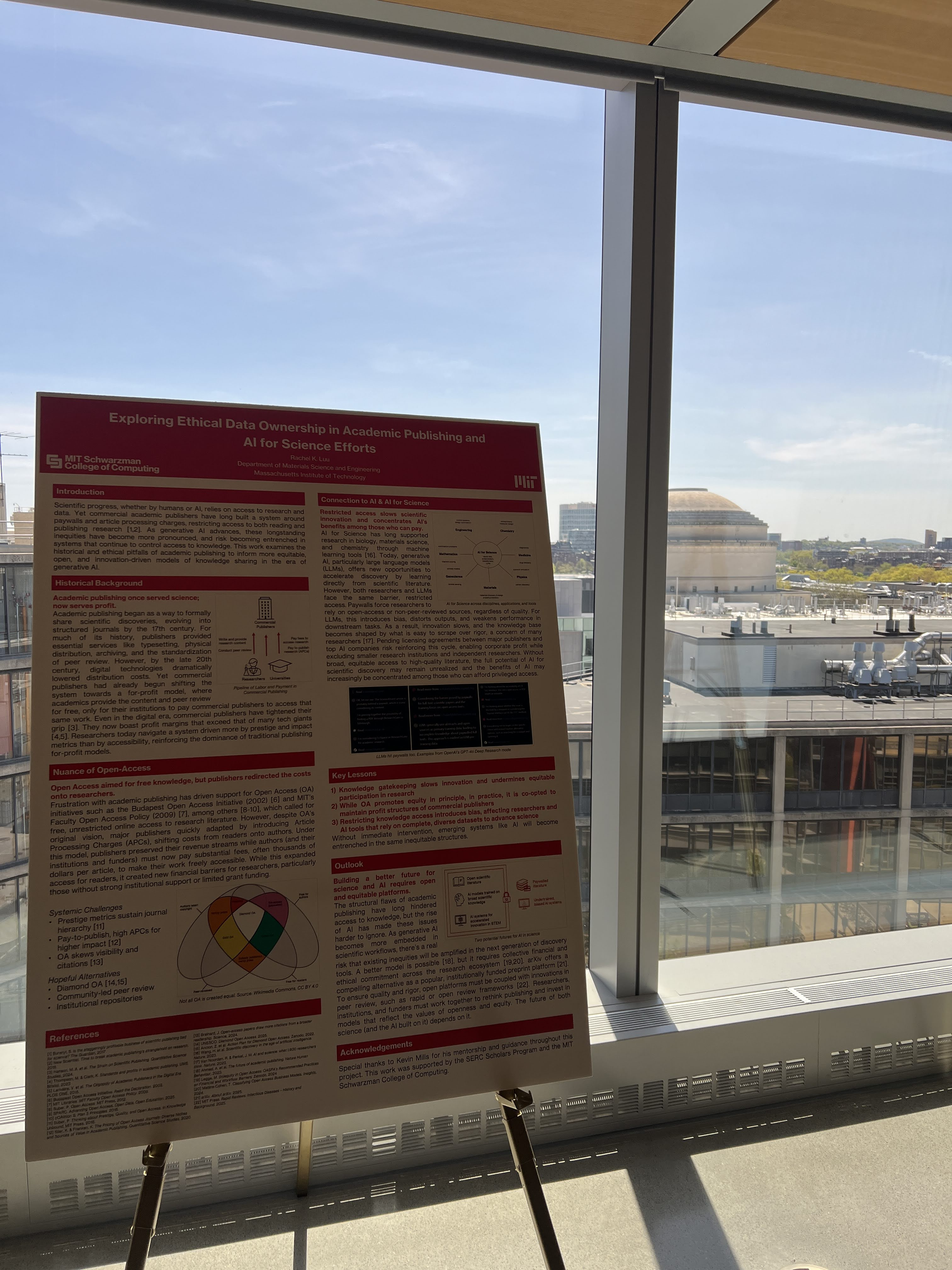
Selected as a Social and Ethical Responsibilities of Computing (SERC) Scholar, where I conducted independent research on Data Ownership in AI. My work examined ethical data ownership in scientific publishing and its broader implications for innovation, open science, and AI-driven discovery.
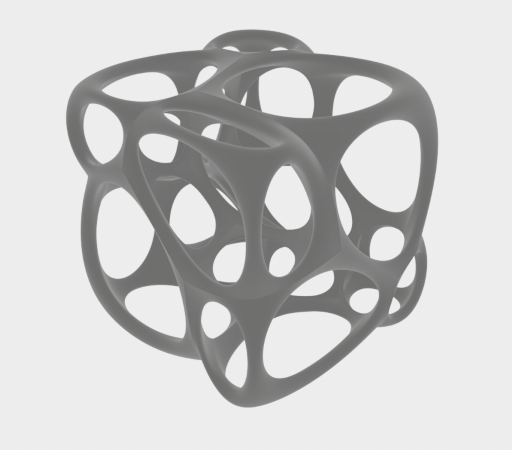
AI-generated 3D models of bioinspired structures for validation and 3D printing.

Custom and compact smart assistant speaker powered by LLMs.
